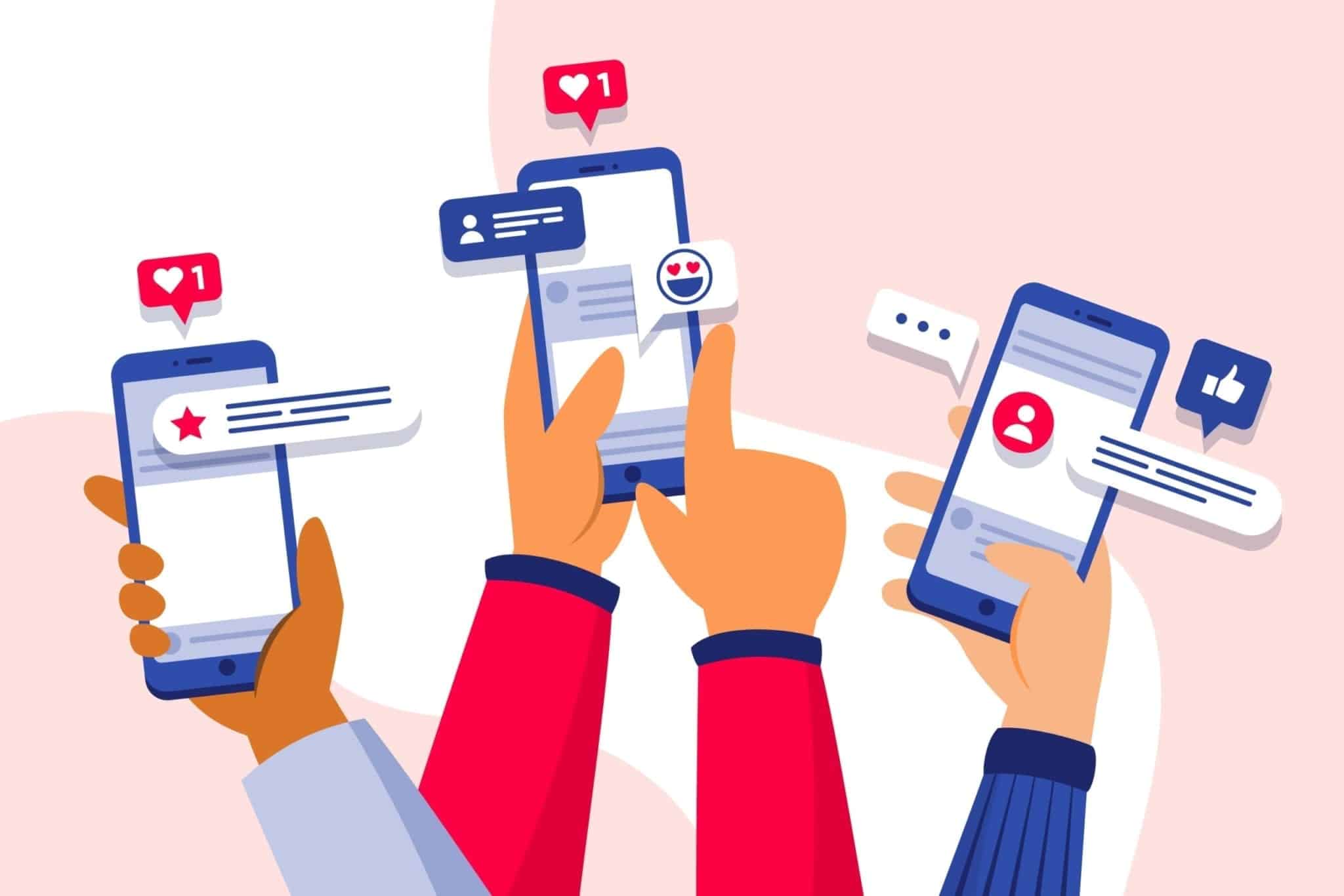Enterprise Mobility Best Practices – Seeking the Treasure
If you’re undergoing Digital Transformation, developing a mobile application may be on the forefront of your organization’s mind – but there are a lot of things to consider before giving your team the green light to begin building. In this blog post, I highlight some of the key factors in starting your journey to devlop Enterprise Mobility.
A Changing Landscape
Your business has been running well. It’s weathered some ups and downs, challenges from a changing landscape, but overall, it’s running well. You aren’t standing in your office, pulling at your suspenders while smugly reminiscing about how well you have done – you are out on deck looking forward into a churning sea and changing wind, keeping an eye on the horizon, looking for any indication of storms or threats from competitors. The same is true for developing Enterprise Mobility best practices.
First steps first. You can’t just plow ahead and go after the big treasure. Start small. Small wins enable small gains but in the process, you are shaping your team and training them for what’s ahead.
Which Direction?
When looking at mobile applications in business you find two primary directions in which to focus your attention. The most obvious is the customer-facing app. These are the apps that most people use every day. You can pay your bills, hail a ride, and order all manner of shiny things. These apps can get a lot of attention – both good and bad. If done well, they improve your company image, gain new advocates, and, hopefully, bring in new income.
On the other hand, if the application is barely more than an ad for your company with a location finder thrown in, and is missing an “essential” feature, your reputation suffers and it becomes harder to gain an audience when everything does finally set sail.
The second direction is to provide applications internal to your organization. Here the costs and risks are better understood. This is your business. You know the ebb and flow and have a good idea where the rough seas are or, at least, know who can tell you. Still, caution is required. This audience is very important. The morale of the crew – your crew – can be raised or lowered by the choices you make.
It starts with something simple. What is an obvious pain point? What small manual process has your team been eager to automate? Here are some Enterprise Mobility best practices:

A Directory App
It could be as simple as a contacts or directory app. People in your organization need to communicate with their co-workers. It’s easy when they are at their desk and in front of their computer, but what about when they are in a meeting and need a quick answer, or they are on the road? Provide your people with a mobile application that gives them easy access to the company address book so that they can quickly call, text, or email from anywhere.
The Process
With this spark of an idea there are some important factors to keep in mind:
Constrain the scope.
The application should be focused on a specific need. This keeps it from growing into a “this will fix everything!” solution. If it is a success, you can expand and enhance it later.
The project should take 6-12 weeks.
Any more than that and you are back to step #1. This may mean using an off-the-shelf tool or starter project that is easy to customize.
Don’t lock yourself into a massive platform with lots of costs.
Not yet, anyway. You want to feel out how mobile will work for your business. You need to ensure that this project doesn’t leave you bound to a service provider in a long-term contract if it doesn’t work out.
What platforms do you target?
Have you provided mobile devices for your organization? Then you may be able to get away with an app for a single platform. If you are in a Bring Your Own Device (BYOD) environment then you need to keep in mind the range of OSs (iOS, Android, Windows) and the multiple versions of each. BYOD is becoming very common in the workplace and it means you have to consider the costs involved in supporting a range of devices.
Disconnected mode.
Many smaller apps are read-only. Some companies have tried to just make a mobile-ready website and leave it at that, but we’ve all had experiences with slow or no connectivity. Sometimes this is even in our own office building! Save yourself a ton of headaches and complaints. If it makes sense for your app, make sure it can work offline.
Get expert help.
It’s very likely that you have some highly skilled developers on your staff but mobile development still has a steep learning curve. Bring in the experts to help guide or build your first projects. It could be a simple one-off expense or they can work with your staff to help build the skills and workflow that is needed for long-term projects.
Looking for more on Custom App Development?
Explore more insights and expertise at smartbridge.com/modernization
Keep Reading: Staying Connected Even while Disconnected
There’s more to explore at Smartbridge.com!
Sign up to be notified when we publish articles, news, videos and more!
Other ways to
follow us:


